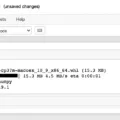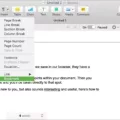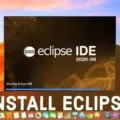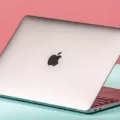Are you looking to boot your Mac OS X machine from a CD or DVD? If so, you have come to the right place! In this blog post, we will discuss the steps necessary to successfully boot your Mac OS X system from a CD or DVD.
The first step is to insert the bootable CD or DVD into your Mac’s optical drive. Once the disk is in the drive, turn off your Mac and then turn it back on while pressing the “C” key on your keyboard. Keep pressing down the “C” key until you hear the CD begin to whir in the drive.
After that, select “Reinstall macOS (or Reinstall OS X)” from the utilities window that appears. Click on ‘Continue’ and follow all of the instructions provided on-screen. You will be asked to select which disk you want to install macOS onto – if it doesn’t appear automatically, click ‘Show All Disks’. Once you have selected a disk, click ‘Install’ and wait for your Mac to restart once the installation is complete.
If you have already turned off your computer and need to boot it up again in order to install macOS or start up in Target Disk Mode, press and hold down the ‘T’ key while turning on your machine. If it is already on, choose Apple menu > System Settings > General (you may need to scroll down) > Startup Disk > Restart in Target Disk Mode.
Finally, if you want to ensure that you can successfully boot from a CD or DVD rescue media, go into your BIOS settings and check that the optical drive is listed first in the boot sequence. Insert your rescue media into this drive and then restart – make sure that you stay alert during this process! Your computer should start using the rescue media as soon as it restarts.
We hope that this blog post has been helpful in guiding you through how to successfully boot up an OS X machine with a CD or DVD!
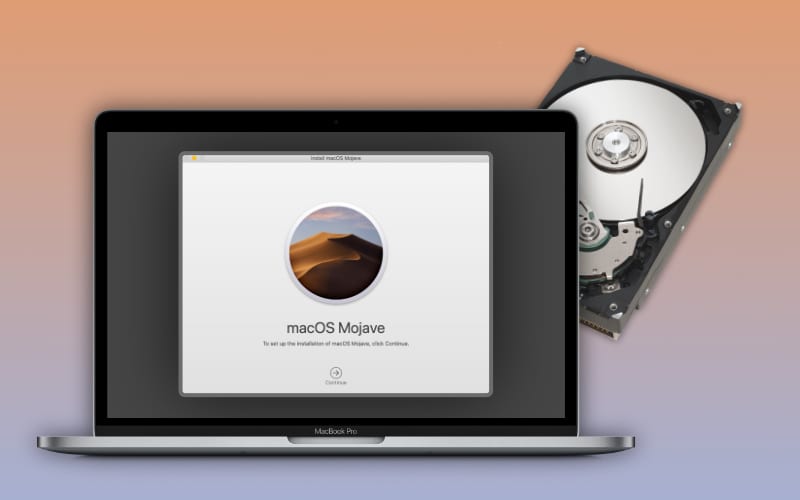
Forcing a Mac to Boot From CD
To force your Mac to boot from CD, first, insert the bootable CD into the CD drive of your MacBook Pro while it is on. Next, turn your MacBook Pro off and then press the power button on your Macbook Pro to turn it back on while holding down the “C” key on your keyboard. Finally, release the “C” key once the CD begins whirring in the drive and you will be able to boot from the CD.
Installing MacOS X From a Disc
To install macOS X from a disc, first, insert the disc into your Mac’s optical drive. Next, restart your Mac and hold down the “C” key as it boots up. This will boot your Mac from the disc. Once your Mac has booted from the disc, you will be presented with the macOS X installer. Select your language, then click on the “Reinstall macOS (or Reinstall OS X)” button in the utilities window. Click continue and follow the onscreen instructions to select your disk. If you don’t see it, click Show All Disks. Once you have selected your disk, click Install and wait as your Mac restarts and completes the installation of macOS X from the disc.
Booting a Mac in Disk Mode
To boot your Mac in Target Disk Mode, you’ll want to first make sure the computer is powered off. Once it’s off, switch it back on while holding down the T key. This will cause your Mac to enter Target Disk Mode. If your Mac is already powered on, you can access Target Disk Mode by going to the Apple menu and selecting System Preferences. Once open, click General in the sidebar (you may need to scroll down) then click Startup Disk on the right. From there, click Restart in Target Disk Mode and your Mac will begin booting into this mode.
Booting Directly From a CD
To boot directly from a CD, you will need to access your computer’s BIOS settings. To do this, restart your computer, and look for a message on the screen that says “Press F2/F12/Delete to access BIOS”. Press one of the keys displayed to enter the BIOS.
Once inside the BIOS, look for a menu or list of options called Boot Sequence. This is where you can configure the order in which your computer looks for bootable media. Make sure that your optical drive is listed first in the boot sequence; if not, use the arrow keys on your keyboard to move it up to the top of the list. Save your changes and exit the BIOS settings.
Now insert your CD into the optical drive and restart your computer again. You should see an option appear on-screen that allows you to boot directly from the CD; select this option and follow any instructions that appear on-screen until you are finished using it.
Installing MacOS From a Disk Image
Installing macOS from a disk image is a simple process. First, open the downloaded disk image file (.iso or .dmg) using the Disk Image Mounter utility, which is pre-installed on all macOS computers. The disk image will then be mounted as a virtual drive. Next, double-click the file with the extension ‘.pkg’ to begin the installation. Follow any onscreen prompts to complete the installation process. Once finished, you can unmount the virtual drive by dragging it to your Trash folder. That’s it! Your macOS installation is now complete and ready to use.
Reinstalling Mac in Recovery Mode
To reinstall Mac in recovery mode, first, start up your computer in macOS Recovery. In the Recovery app window, select Reinstall for your macOS release, then click Continue. Follow the onscreen instructions. When prompted to select a volume, make sure to select your current macOS volume (in most cases, it’s the only one available). Once you have done this, your Mac will begin to reinstall and you should be able to use it as normal.
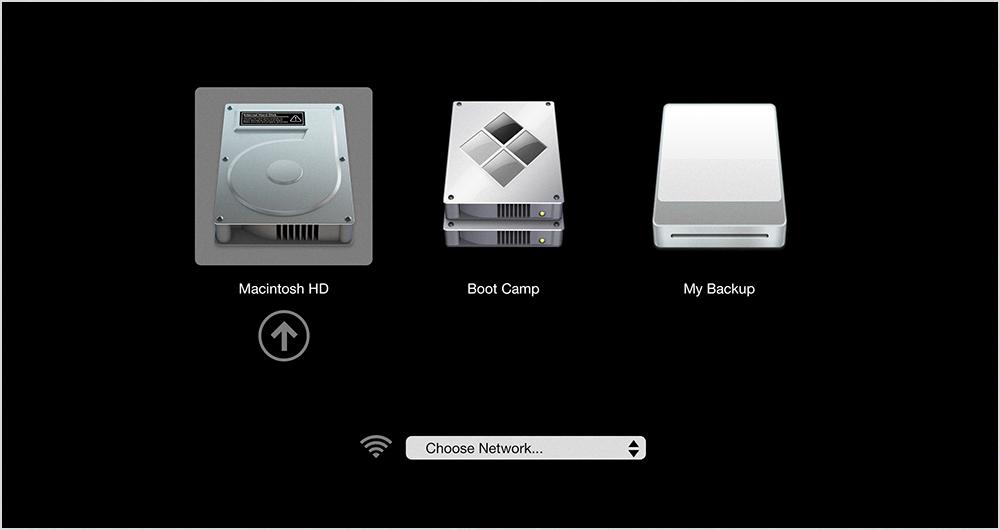
Source: idownloadblog.com
Booting From a CD or DVD Using a Key
In order to boot from a CD or DVD, you need to first enter the BIOS settings on your computer. Once in the BIOS settings, you must configure the boot mode to UEFI and set Secure Boot to Off. Then, go to the ‘Boot’ tab and select Add Boot option. A new window will appear with a blank boot option name. Name it “CD/DVD/CD-RW Drive” and press the F10 key to save settings and restart. The computer will then reboot into the CD or DVD drive, allowing you to run whatever program is on the disc.
Booting From CD
The key you will need to press to boot from CD is typically either F11 or F12, depending on your computer’s BIOS. To access the boot menu while booting your computer, press the appropriate key (F11 or F12) when your computer’s manufacturer logo appears on the screen. This will allow you to select a specific device, such as a CD-ROM drive, as the primary boot device for that one time only.
Creating a Bootable CD or USB
Creating a bootable CD or USB is relatively easy and can be done in a few simple steps. First, you’ll need an ISO image of the operating system you’d like to install on the device. You can find ISO images online, or you can create one yourself by burning the installation files onto a CD or DVD. Once you have your ISO image, download a free program such as Rufus or UNetbootin to help create your bootable CD or USB.
Open the program with a double-click, select your device (CD/DVD/USB), and then select the option “Create a bootable disk using” followed by “ISO Image”. Right-click on the CD-ROM symbol and select the ISO file that you downloaded previously. Under “New volume label”, enter whatever name you like for your drive. Finally, click Start and wait until the process is finished and your bootable CD/USB is ready for use!
Conclusion
In conclusion, Mac OS X is a powerful and versatile operating system that provides an excellent user experience. It comes with many features and apps that make it easy to work, play, and stay productive. It is designed for both casual users and professionals alike, offering an array of options to customize your experience. With its intuitive design, advanced security features, and reliable performance, Mac OS X is the perfect choice for those looking to take their computing experience to the next level.

